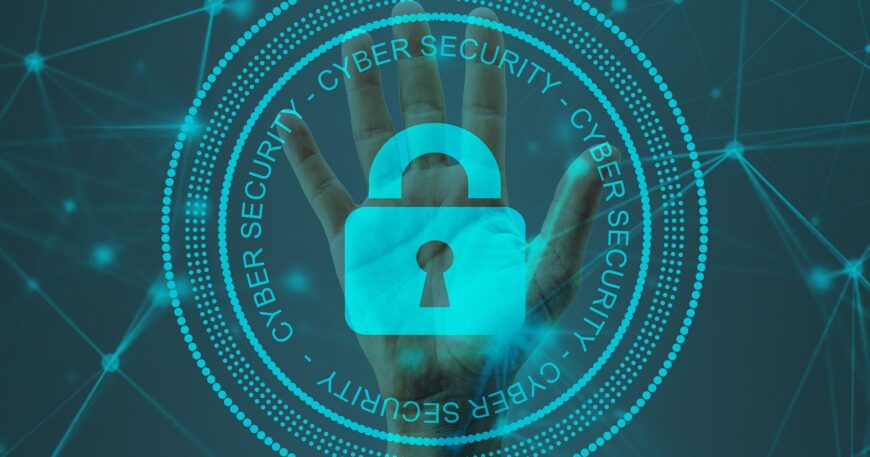Creating an IT Compliance Policy – The 7 Things You Need to Consider
Conducting business operations in the digital world is prone to security risks. Mitigating them would be impossible if you don’t have an IT compliance policy. Setting up a robust IT compliance policy in your business is more important now than ever. And it’s because most organizations now depend on digitized services. Online companies rely on […]




